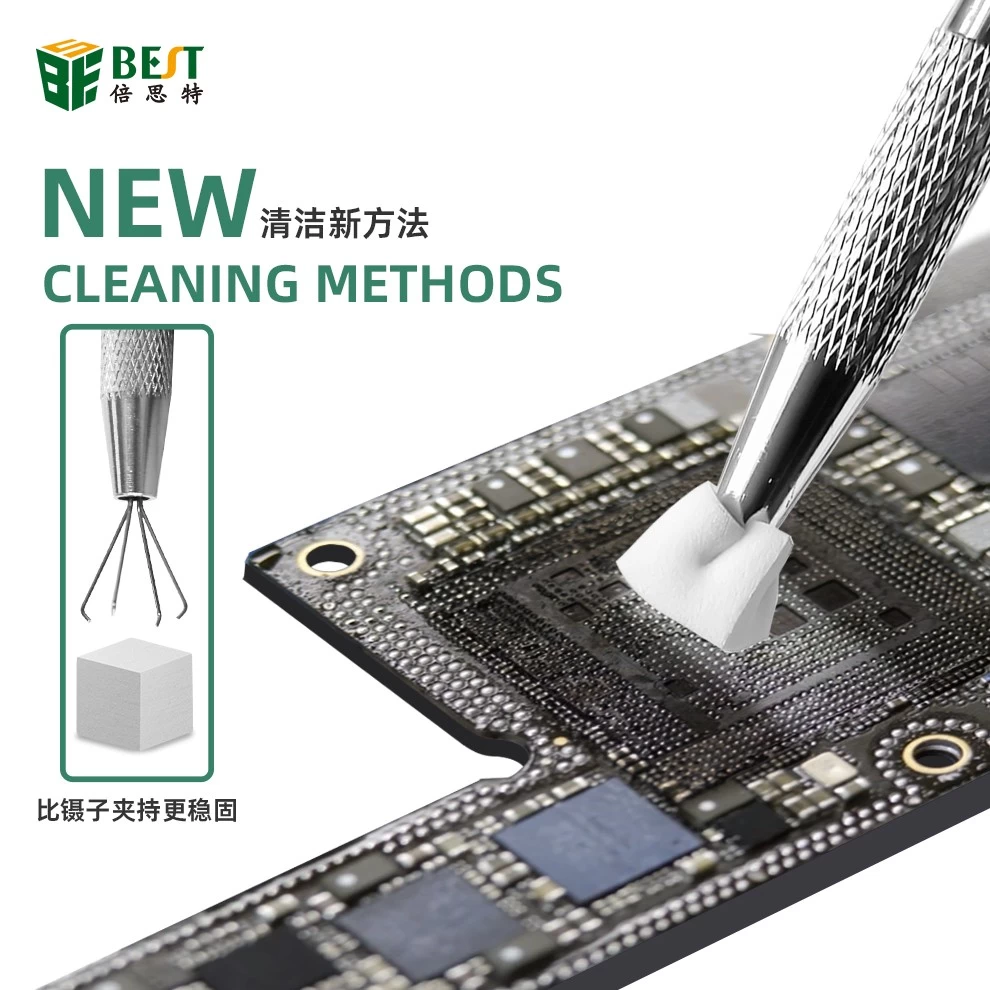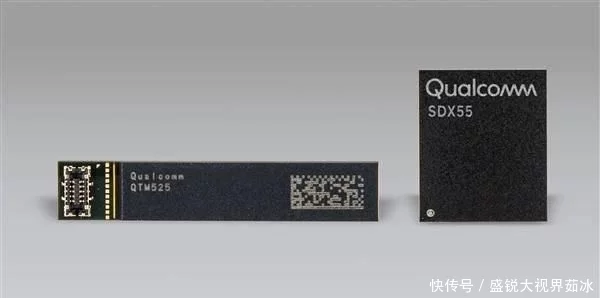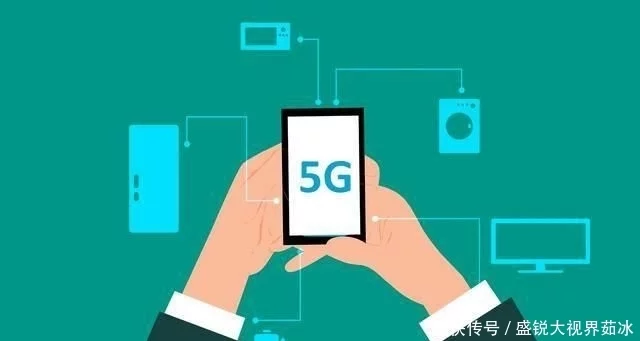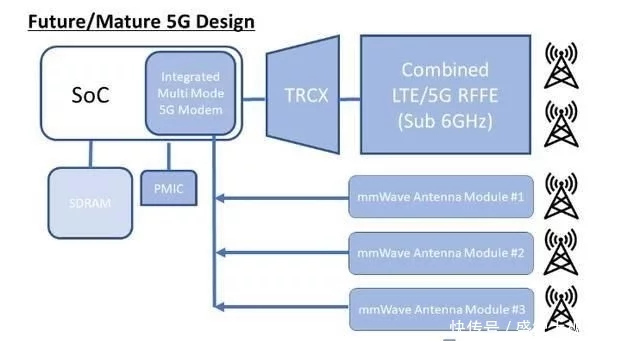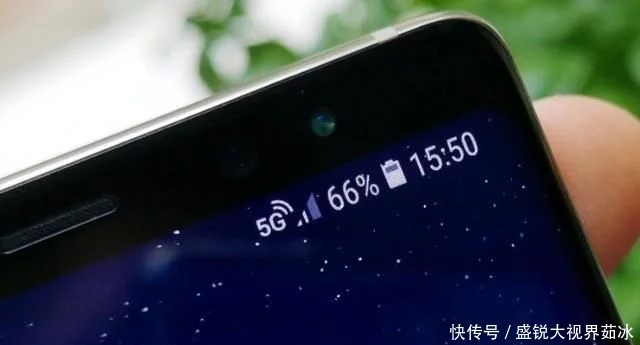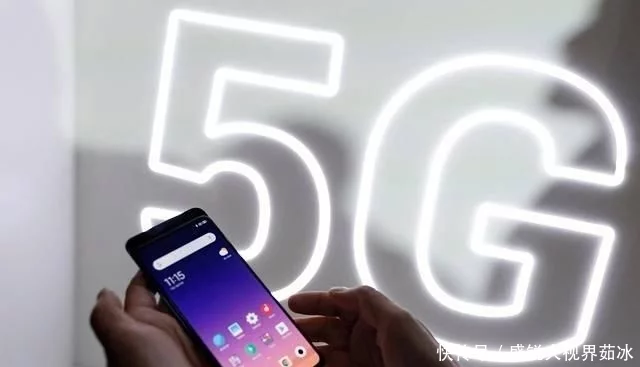
The mystery of mobile phone manufacturers' 5G research and development, a war ready to go
What are mobile phone manufacturers working on to develop 5G?
Are you ready to change your 5G phone?
Before answering this question, you might as well watch a group of news:
OnePlus invested nearly US $ 30 million to upgrade and improve its 5G research and development laboratory;
OPPO and communication technology service provider Keysight set up a joint communication laboratory to strengthen R & D cooperation on 5G smart devices;
In the case where both the mobile phone processor and the 5G baseband can be purchased from Qualcomm, mobile phone manufacturers spend so much effort to develop 5G, what exactly are they studying? Is it time for consumers to switch to 5G phones?
The mystery of 5G R & D by mobile phone manufacturers
Selling mobile phones may not have much technical content, and marketing accounts for the bulk, but developing mobile phones is another matter.
Since the beginning of this year, Xiaomi, OPPO, and vivo have successively released 5G flagship phones. The 5G replacement wave has officially started, and consumers can clearly feel that the starting price of this wave of new phones is higher, and 5G mobile phones are no longer Low price link.
The price is the most intuitive reflection of the high R & D investment of 5G mobile phones.
It stands to reason that the processor and baseband of 5G mobile phones are all prepared by Qualcomm, and mobile phone manufacturers can be said to be everything, but they owe it to Dongfeng.
But from Qualcomm's press conference last year, it can be seen that the application of next-generation communication technology is not easy for mobile phone manufacturers.
Qualcomm released the latest flagship processor Snapdragon 865 in December last year. What is surprising is that the Snapdragon 865 uses a "plug-in" independent 5G baseband chip design. At the time, Qualcomm executives clarified and explained the baseband plug-in problem: the use of plug-in solutions allows OEMs to quickly commercialize the Snapdragon 865 and X55 and bring products to market as soon as possible.
From this perspective, mobile phone manufacturers and chip manufacturers have reached a consensus to speed up the launch of 5G smartphones on the market without making too many adjustments to existing internal designs.
It is understood that the main difference between 5G mobile phones and 4G mobile phones is the core "RF device"-5G baseband chip, RF front end and terminal antenna. These are related to the internal design of the mobile phone, including platform, structure, heat dissipation, antenna system Sexual redesign.
Adding hundreds of components to a mobile phone in such a small space has many issues to consider.
The first is to increase the antenna. 5G mobile phones not only include the antennas of 4G mobile phones, but also add multiple sets of 5G band antennas. The increase in the number of antennas is a huge test for the design of mobile phone structures.
Secondly, the problem of heat dissipation. The data power consumption of 5G networks has increased by 50% to 100% compared to traditional 4G mobile phones. This is why some 5G mobile phones use the liquid cooling system commonly used in PC hosts.
Thirdly, the external 5G baseband requires an additional interface to transmit data, which will occupy a larger area.
Moreover, in 5G applications, the optimization of the design from the modem to the antenna is crucial, where any signal degradation will cause significant lag or delay at the user end.
In summary, how to stack these components in a mobile phone in a limited size space is one of the biggest challenges for mobile phone manufacturers to develop 5G.
This is also the key reason why they seek cooperation and invest huge amounts of money.
Industrial chain upgrade under 5G mobile phones
For many mobile phone manufacturers with relatively thin technical background, cooperation is undoubtedly a win-win way, and 5G has also given them an impetus to technology transformation, including OV, which has participated in deeper mobile phone internal structure design in recent years, such as vivo Jointly developed Exynos980, a 5G SoC chip with Samsung.
But 5G chip design is not the highlight of most mobile phone manufacturers. The already mature chip and supply chain system have already lifted the burden on them.
Today's smartphone industry chain is very mature, and many problems can be solved. What they need to solve is the problem of internal design.
In order to alleviate the problems of high power consumption caused by the increase in the number of antennas, ZTE has spent a lot of effort on the stacking and architectural planning of 5G mobile phone devices; and in order to avoid signal interference between each other after the increase of antennas, OPPO has developed multi-channel intelligent switching Algorithm and independent RF management module technology, vivo has also applied for related patents such as antenna decoupling technology.
Even though there are many problems in the development of 5G mobile phones, upstream component suppliers have already had countermeasures.
For example, the number of components of 5G mobile phones has increased significantly, but the volume of mobile phones must be kept constant. Therefore, the density of components needs to be increased, and SLP is the key.
SLP can connect the multi-layer PCB boards to communicate with each other, thereby changing the motherboard from 2D to 3D, making full use of the space of the fuselage, its minimum line spacing can reach 30um, and electronic components may be packaged in the highest density and the smallest type. Inside the phone.
Secondly, the LCP substrate is used to solve the problem of miniaturization of the antenna. LCP has good physical properties and low power consumption, which can reduce the electromagnetic loss of 5G signals. In terms of bending performance, the LCP antenna can fit the frame of the fuselage, nor Will have a significant rebound effect.
From the perspective of LCP alone, 5G mobile phones involve technological upgrading of the entire industry chain, and many key devices have also become the first choice for the application of 4G mobile phones in the past two years.
According to Lin En, Chief Analyst of Mobile Devices and Networks, according to the evolution path of 4G LTE modems nearly a decade ago, we will see the integration of multimode 5G modems with the smartphone SoC itself in the 5G smartphone design iteration in 2020 This higher degree of integration will affect the existing SDRAM and power management that support SoC, and eliminate the extra chips on the motherboard, and more importantly affect the bill of materials cost.
Future 5G smartphones will rely on a compact modem to antenna design to integrate more 5G frequency and mode support.
Mobile phone manufacturers' technical battle
Under the iteration of communication technology, mobile phone manufacturers need to do more and more things. Technology innovation and product innovation are all a big test, and each component may be an innovation point.
Taking into account the increasingly fierce global competition in the mobile phone market, strong technical R & D capabilities have become the most wanted brand of domestic mobile phone manufacturers. In order to change the non-technical OEM and alternative stereotypes, the annual R & D investment is also rising.
Moreover, several mobile phone manufacturers with high market share in China have become more diversified in order to improve their competitiveness after going through the waves of the market.
This point is more prominent in the 4G to 5G iteration cycle.
5G undoubtedly provides an excellent opportunity for their technological transformation, and is also the best carrier for their technical muscles. Among them, self-made core is the first big step for many mobile phone manufacturers to cross, but unfortunately, except for Huawei, no domestic mobile phone manufacturer can take on this important task.
In addition, with the maturity of the smartphone industry chain, it is more and more difficult for mobile phone manufacturers to seek breakthroughs from the technical port. Camera capabilities, charging speed, system intelligence, linkage with other smart hardware, etc. have gradually become the past few years. The main points of competition.
The core of 5G mobile phones is the baseband chip. From this perspective, the competition between mobile phone manufacturers will not change qualitatively due to the introduction of 5G mobile phones.
Interestingly, in order to balance the time of technology research and development and product launch, the price of domestic 5G mobile phones remains high. Many manufacturers trying to transform the high-end mobile phone market are eager to borrow 5G mobile phones.
Ten years ago, the design costs of the first batch of 4G mobile phones were high and the power supply efficiency was low. Since then, many integrated silicon solutions have emerged, which help reduce the cost of 4G smart phones to a more reasonable price.
The same applies to the update iteration of 5G mobile phones. The current 5G mobile phone chips are not very mature. It can also be seen from Qualcomm's continued adherence to external basebands. Therefore, these early 5G mobile phones also tested the technical strength of major manufacturers.
However, with the advancement of semiconductor manufacturing processes and the higher integration of silicon chips, especially the close coupling of modems and RF front ends, the industry has begun to realize the advantages brought by the mature 5G chipset design. Better, cheaper and faster 5G smartphones are coming soon.
The survival of the fittest in the mobile phone market will also intensify.









